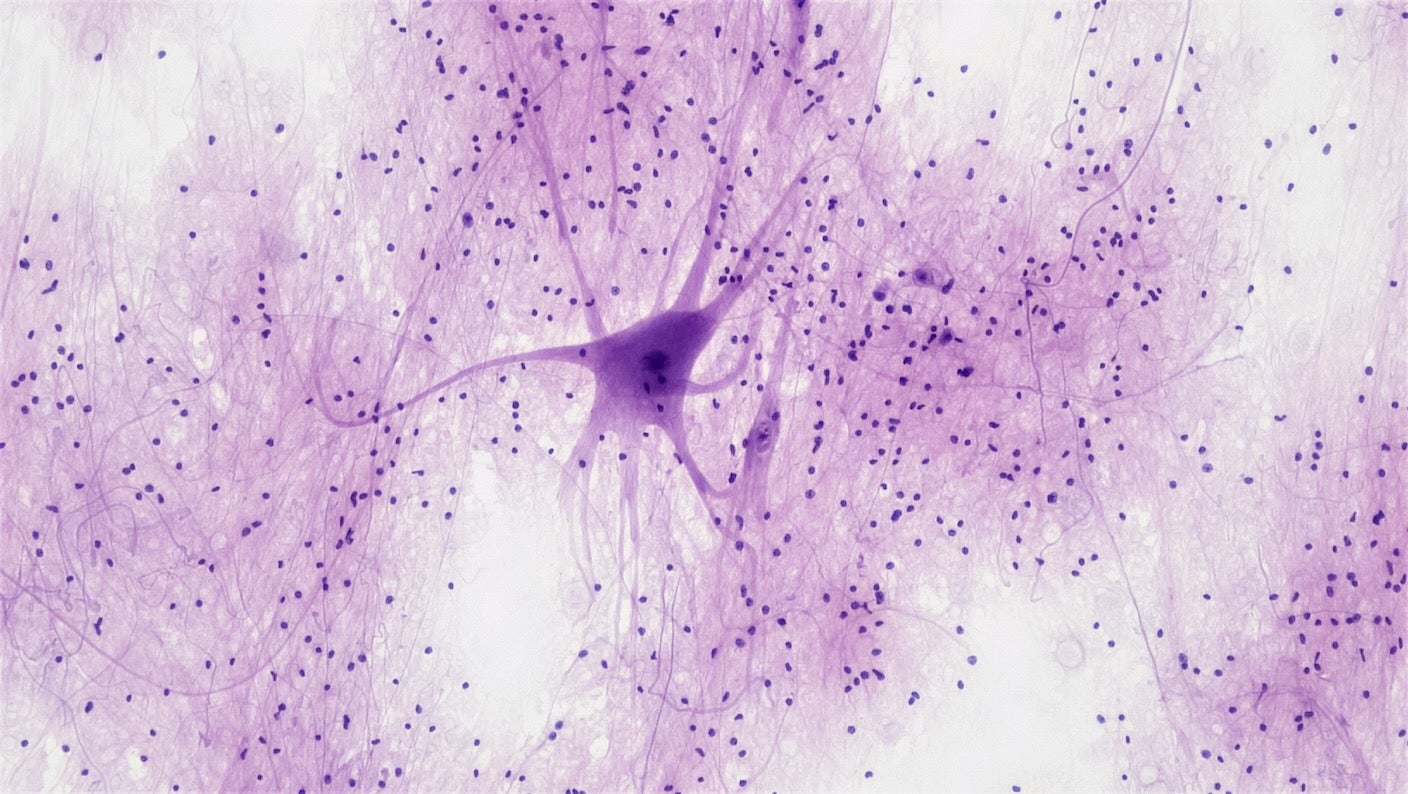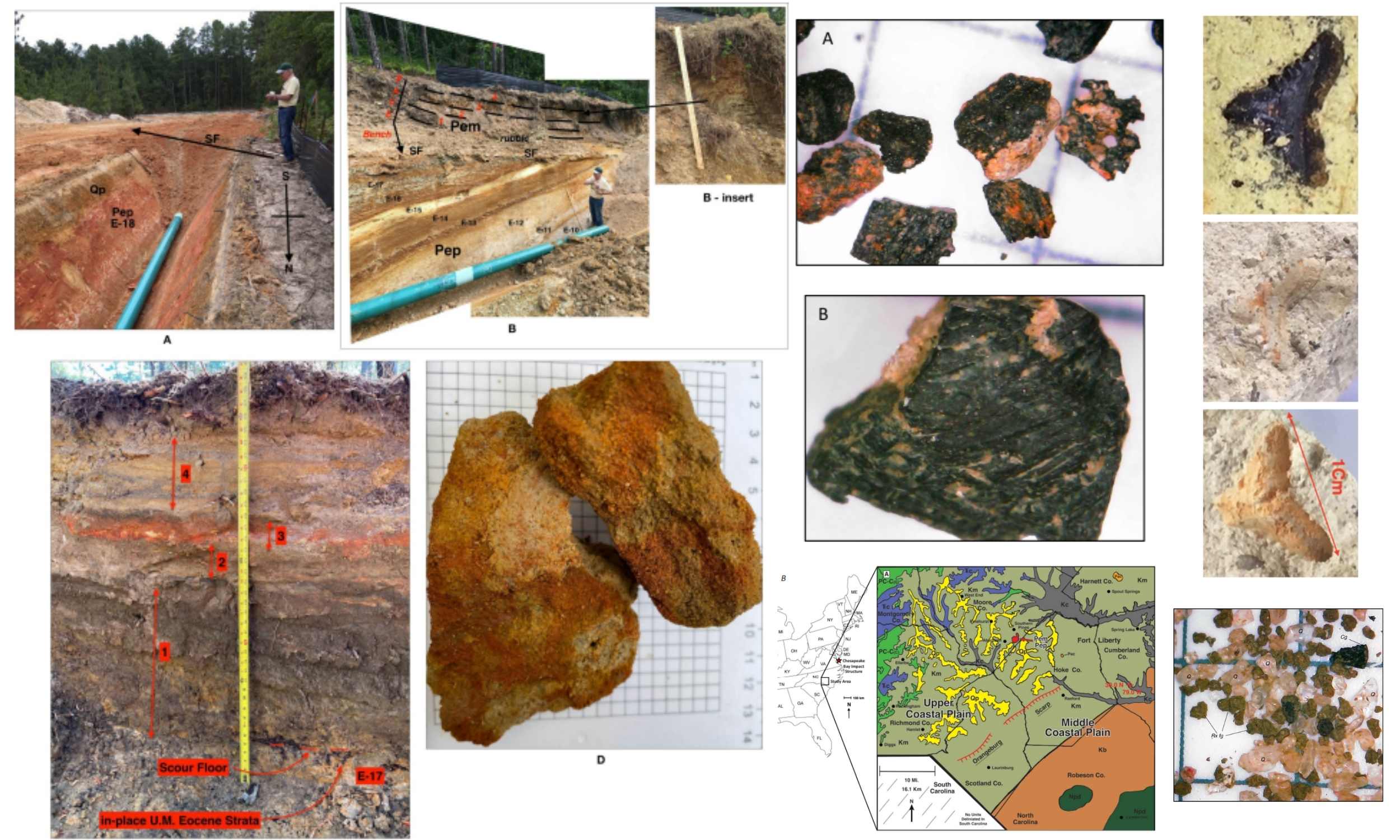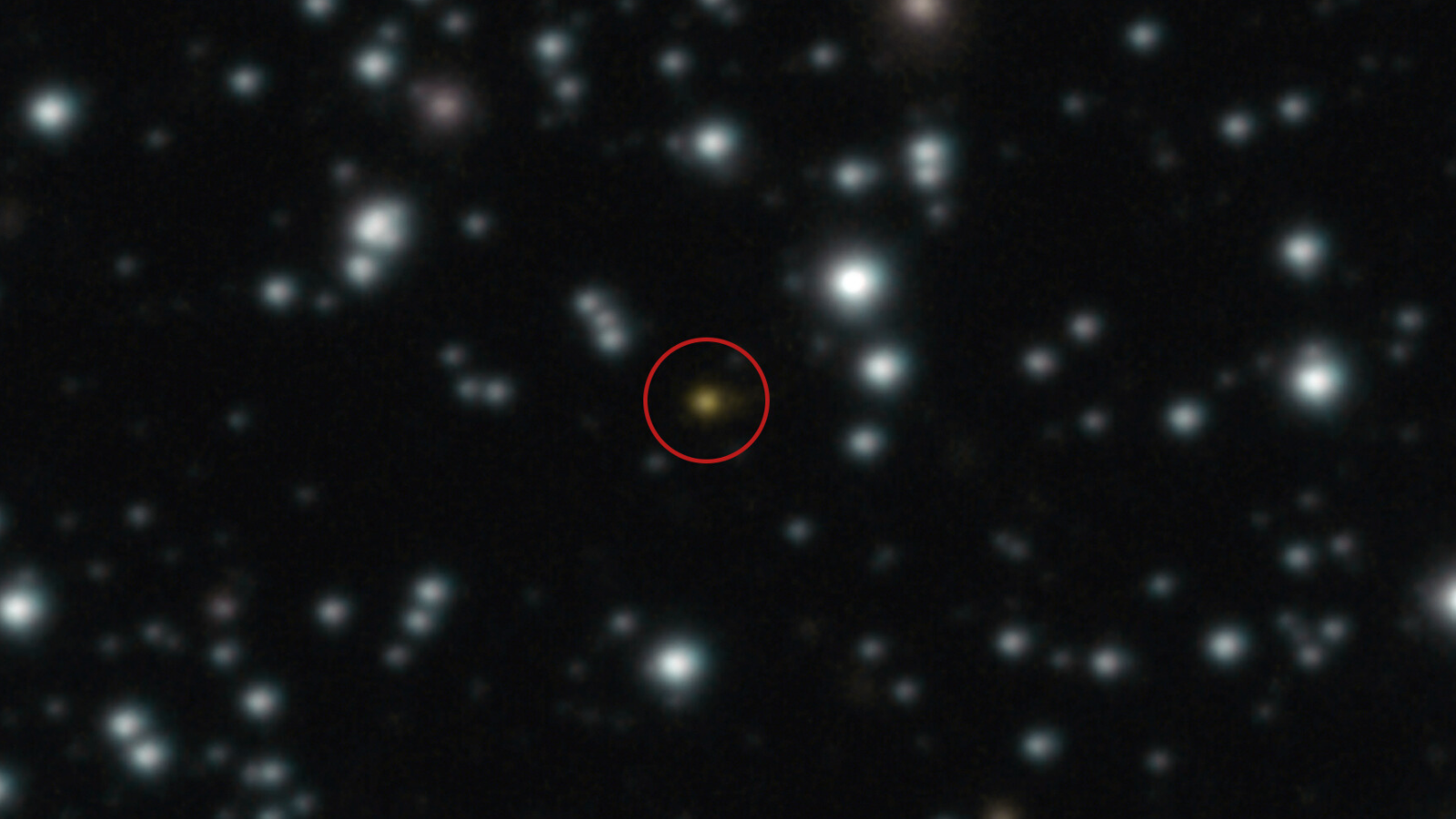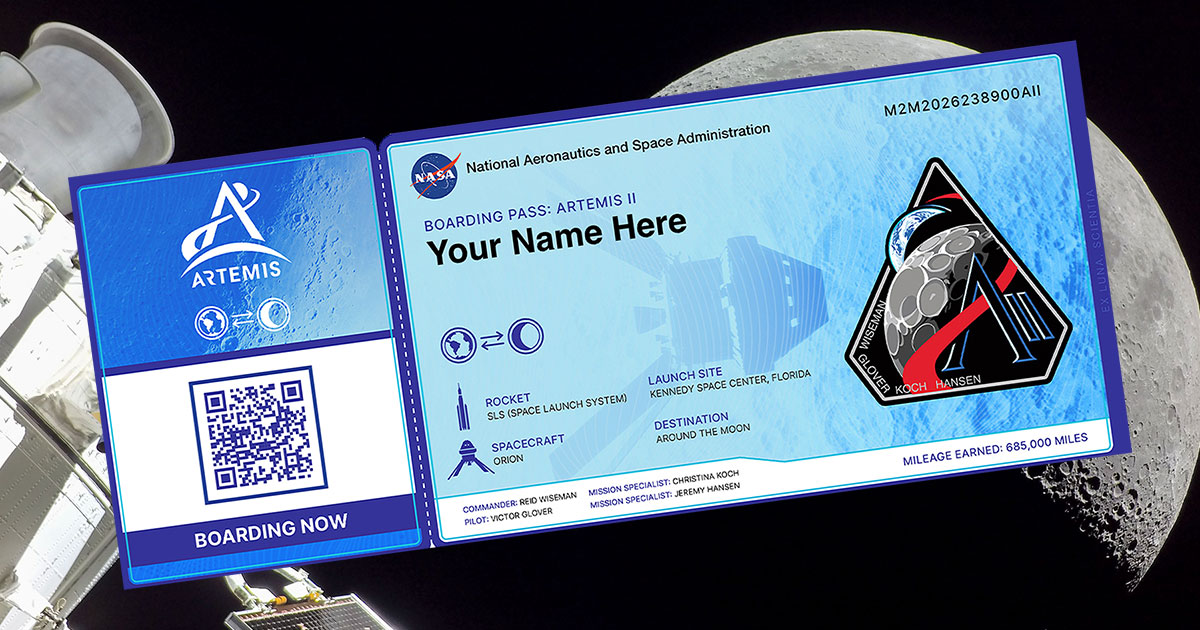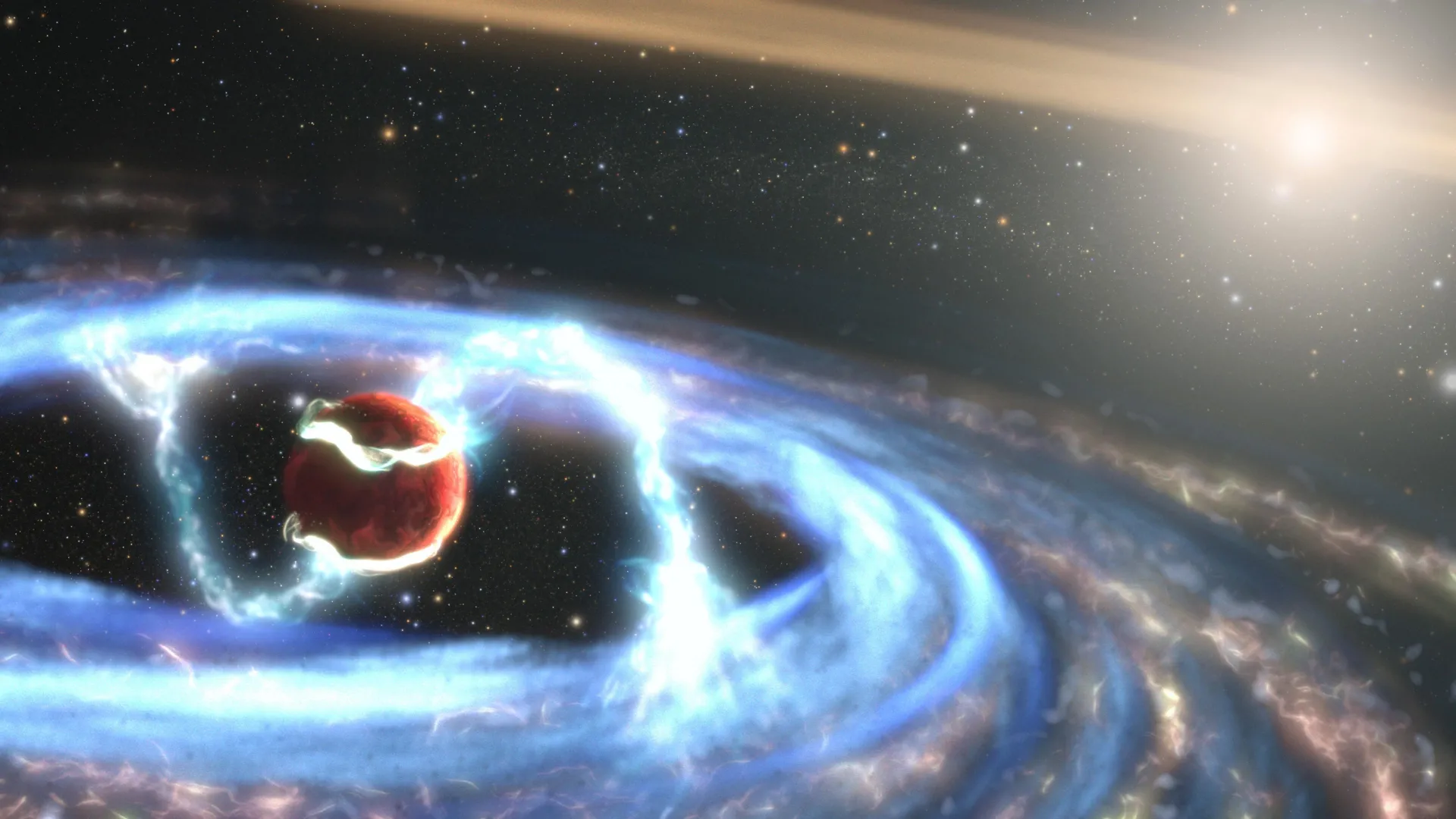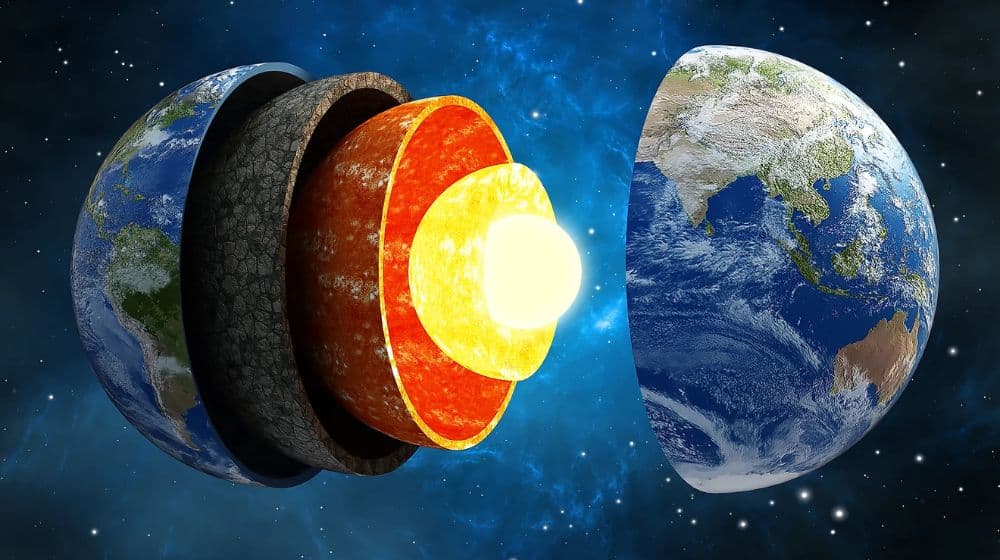New Techniques Unveil Long-Term Changes in Venus's Atmosphere

Venus, often considered Earth's troublesome twin, presents a unique and inhospitable environment that is shrouded in mystery. Though it bears a striking resemblance to our planet in terms of size, Venus is enveloped by a thick layer of sulfuric acid clouds, which contribute to its oppressive atmospheric conditions. Understanding the dynamics of these clouds and how they evolve over time has long been a challenge for scientists. This is largely due to the limited lifespan of missions dedicated to studying the planet. However, recent groundbreaking observations have finally shed some light on this enigmatic world, thanks to unintended insights from weather satellites orbiting Earth.
The Himawari-8 and Himawari-9 satellites, launched by Japan in 2014 and 2016 respectively, were initially designed to monitor global atmospheric patterns. Equipped with advanced multispectral imaging technology known as Advanced Himawari Imagers (AHIs), these satellites can occasionally capture Venus as it appears on the horizon from Earth's vantage point. A team from the University of Tokyo, spearheaded by researcher Gaku Nishiyama, recognized a unique opportunity to utilize this technology for long-term observations of Venus's atmospheric temperatures.
By gathering data from 2015 to 2025, the team was able to conduct vital monitoring of the rocky planet. Nishiyama explained that while observations of Venus's atmosphere have revealed yearly variations in reflectance and wind speeds, no previous mission has maintained continuous monitoring for more than a decade due to the limited operational timelines of space missions. Ground-based observations are also hampered by atmospheric interference and limitations posed by sunlight during the day.
In their study, the researchers identified a total of 437 instances where the satellite alignments were optimal for capturing data about Venus's temperature fluctuations. Their findings confirmed that significant temperature variations occurred over the decade-long observation period. Such innovative methods promise to serve as a crucial tool for monitoring Venus continuously until future missions are launched. The European Space Agency’s EnVision mission to Venus is currently slated for the next decade, while NASA’s planned missions face uncertainty following budget cuts under the Trump administration.
Nishiyama expressed optimism regarding the potential of this new observational technique, emphasizing that it could yield invaluable insights into Venusian science as no spacecraft are expected to orbit the planet until around 2030. Furthermore, the implications of this methodology extend beyond Venus. The research team believes that similar accidental observations from weather satellites may be applicable to studying other celestial bodies in our Solar System.
The advantage of orbital observations lies in their ability to bypass the atmospheric disturbances that often complicate Earth-based examinations. Nishiyama noted, “Our novel approach in this study has opened a new avenue for long-term and multiband monitoring of solar system bodies, including the Moon and Mercury. Their infrared spectra can reveal critical information regarding the physical and compositional characteristics of their surfaces, which may provide insights into the evolutionary history of these rocky bodies.”
This pioneering study has been published in the esteemed journal Earth, Planets and Space, marking a significant step forward in our understanding of not only Venus but potentially other planets and moons in our cosmic neighborhood.











